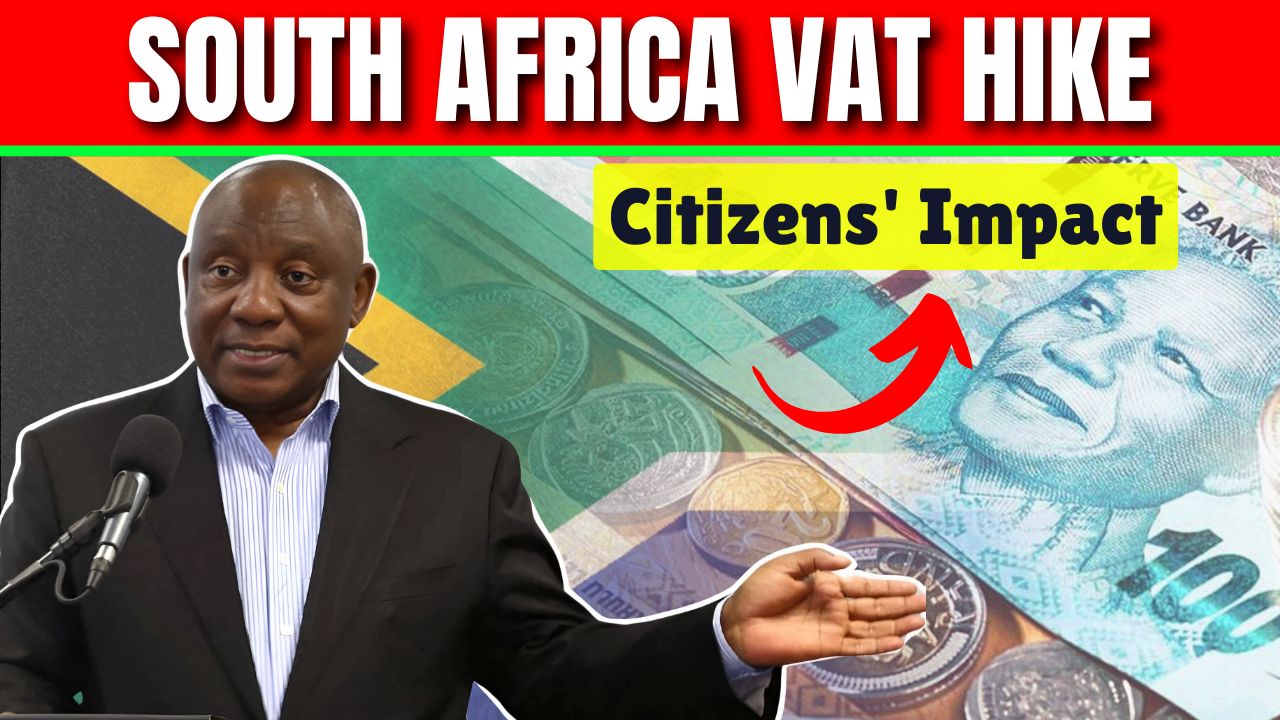The potential VAT hike announced by South Africa has caused an uproar of discussions up and down in the land. With the government vexed by increasing debt and shrinking revenues, an increase in VAT would seem a strategic way of increasing public funds. However, the decision brings down more urgent questions about its broad effect on the economy and ordinary South Africans.
Why an Increase in VAT?
The government sees VAT as a reliable revenue generator, especially in times of economic strain. The government wants to raise the VAT rate so as to generate extra money to enable the provision of essential services in health, education, and infrastructure.
With debt levels rising and pressure being applied on other revenues of tax, VAT could be a mechanism used to stabilize the country’s finances without resorting to an income tax, which is politically nasty.
Concerns Of Citizens’ Impact
From a fiscal perspective, the decision to increase VAT taxes should create a bigger worry for ordinary South Africans. VAT is a consumption tax that means it affects every single person who buys items or themes, hitting lower- and middle-income groups hard. It raises fears that the increase could worsen inequality and push more into poverty amid an already high cost of living.
The Government’s Response and Mitigation Strategy
To further mitigate, the officials are exploring the reduction, or complete removal, from VAT of goods and services that touch on everyday life such that the increased VAT rate may be indirectly supported by consumer savings achieved in that way.
To implement this, a list is being examined for possible categories of zero-rated and exempt products: basic food items, medicines, and some educational materials. The government is also considering tightening social grants to help cushion the impact on those most at risk from price rises.
Is This a Turning Point in South Africa’s Economy?
On a broader political scale, the debate over VAT waxes eloquent about South Africa’s crossroads in economic policy. Paying for increased revenue contrasted with social protection is a tightline challenge; however, the way this decision will be implemented and integrated with other fiscal policy will determine whether it marks a turning point toward sustainable growth or towards the deepening of economic pain.
Conclusion
The planned VAT increase depicts South Africa’s desperation in trying to stabilize its finances; however, many social risks go hand in-hand. Carefully designed policies, together with an ongoing dialogue with all concerned stakeholders, will be the key to having the country move forward without leaving its most vulnerable persons behind. Meanwhile, this debate continues, and the country looks in earnest to see if this will be a true financial turning point.


